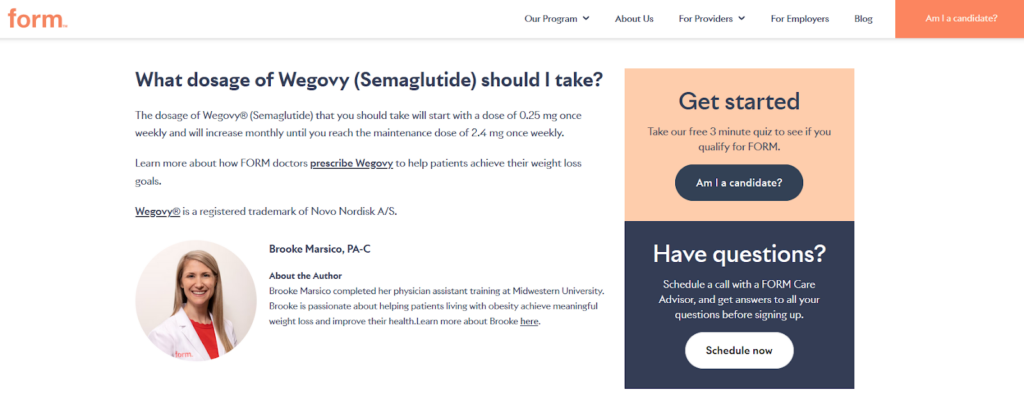Accordions can affect SEO. Like tabbed content, content collapsed under accordions is not immediately visible upon page load. This can signal to Google that this content is less important, as it is up to the user’s discretion whether or not they want to see it.
It has long been debated whether text hidden under tabs or defaultly-collapsed accordions and dropdown menus is being penalized by Google because it resembles cloaking. But cloaking refers to content that’s put in the code to deceive search engines, but is actually invisible to the user (for example, white text on a white background). Tabbed content will be visible to users when they interact with it.
In a Webmaster Central Office Hours session, Google’s John Mueller explained that tabbed content would negatively impact SEO only if it affects accessibility (e.g., screen readers cannot access collapsed content).
It has also long been debated whether content under accordions will be indexed, at all. In another Office Hours session, Mueller also stated that any content accessible through the HTML will be considered for indexation:
In short, this means that as long as the content is accessible and visible to the user, and as long as it’s rendered in the HTML on page load so Google can read it, the content can be indexed.
Since Google’s algorithm is built on UX and puts most emphasis on content that’s styled to stand out to users in other cases (like subheadings, and bolded or italicized content), we would still err on the side of caution and only use tabbed text when there’s a compelling reason to do so.
While there is no strong evidence to suggest tabbed content in specific won’t get indexed – if the content is hidden away from users, we can assume it’s less important. If the majority of on-page content is tabbed – like, for example, a branded FAQ page built with accordions, or a product page layout where all product information is nested within tabs, then the “hidden” content will be indexed.
It’s also important to consider why you’re putting content behind accordions or tabs. Is it to style it differently in hopes of drawing attention to it, or because the hidden content is too long to be displayed on the page otherwise?
If you’re collapsing content that’s so long it could very well be its own article, consider publishing it as a new page, then using CTAs that link out to that page instead of dropdown menus. That way, you can promote the collapsed content separately from the rest of the page, or link to it from sources other than that specific page, as well.
For example, one of our telehealth clients uses links on their medication landing pages listing out common questions their patients are asking about them:

These links point to separate pieces of content answering these questions:

With this format, they can now link out to their medication-specific content from places other than their medication landing pages: blog posts, newsletters, social media shares, etc.
If you’re using dropdown menus to collapse 1-2 sentences of additional, non-crucial information to make the page a little easier to scan, then that’s a good use case, and it should not affect your SEO performance negatively.
Do you think your website content could be negatively affecting SEO? Schedule a free consultation session with us, we’re always up for a good chat!

